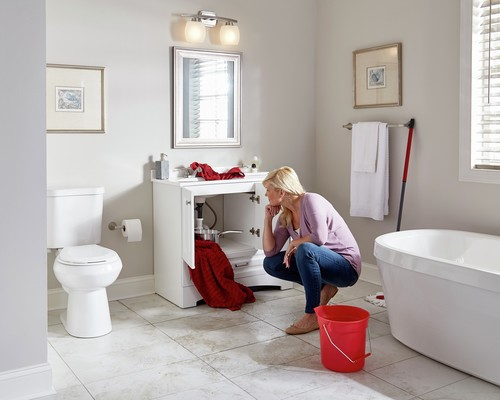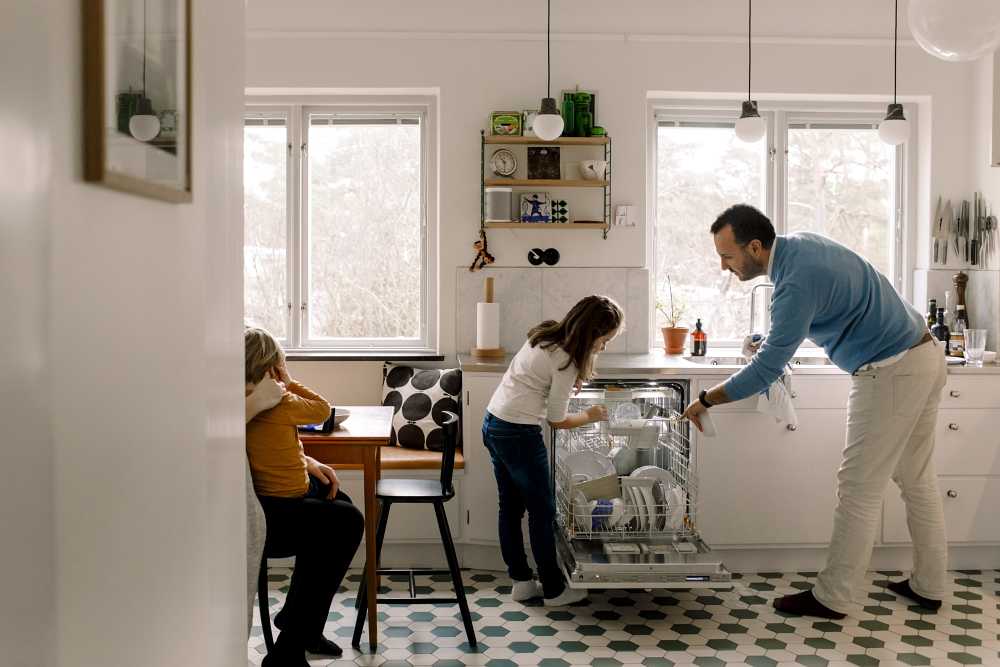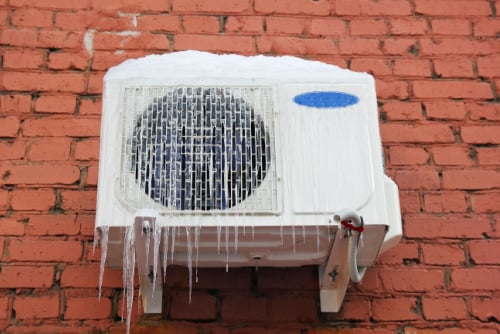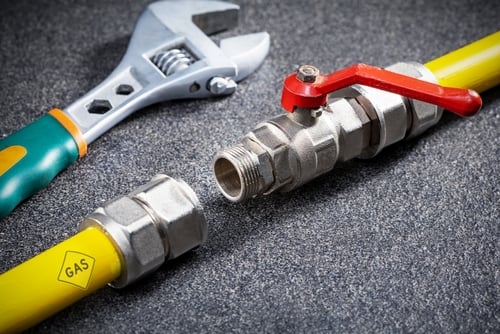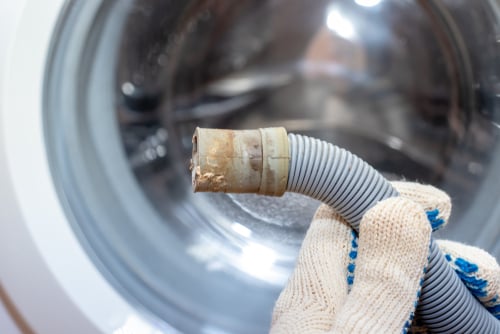Discovering mold under your sink can be a headache, but luckily you can usually remove it yourself. Here is how to effectively remove mold under the sink.
Black mold under the sink is not only unsightly, but can also pose a health hazard. If you discover mold under your sink, you should clean it up immediately to keep your home clean and safe. Leaving mold untreated could allow it to grow and spread.
Luckily, in most cases, you won't need to know how to remove kitchen cabinets to get rid of the mold problem. You can usually just clean up the area and take a few steps to prevent mold from growing there in the future.
Got a nasty mold problem under your sink?
Here are some steps you can take to deal with and remove mold from under the sink.
Tools and Equipment Required
Before you begin, gather all the tools and materials you will need to start cleaning. Here are some recommended items for cleaning off mold:
-
Breathing mask
-
Eye protection (recommended)
-
Rubber gloves
-
Oxygen Bleach or cleaning solution
-
Soap
-
Water
-
Bucket
-
Spray bottle
-
Sponges or hard bristle brushes
If you are using bleach for cleaning, regular bleach is fine if you don't have stainless steel under your kitchen sink. However, regular bleach reacts with stainless steel so use an oxygen bleach instead if you have stainless steel in your sink.
To create your own mold cleaning solution, mix the bleach and water in a ratio of one-part bleach per four parts water. Note that bleach could discolor the surface underneath your sink, so you may want to choose another cleaning solution if discoloration is a concern.
Instead of using bleach and water for cleaning, you can also use natural products including vinegar, tea tree oil or grapefruit seed extract. These substances have anti-microbial properties and can also help remove the smell of mold in addition to disinfecting the area.
Add your chosen cleaning solution to a spray bottle. Also fill your bucket with soapy water when you are ready to start cleaning.
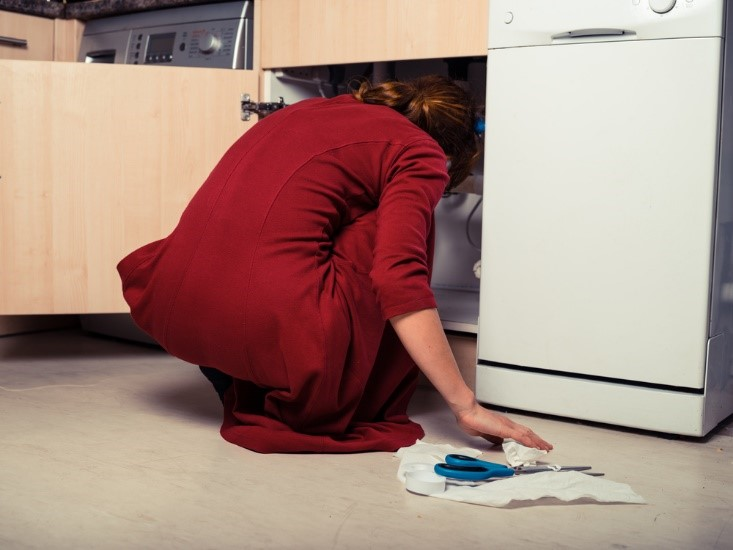
Inspect the Mold Infestation
- Put on protective gear. Before you start cleaning the mold, inspect the infested area. Make sure you wear rubber gloves before you handle any objects in the area. Most mold is not toxic, but large areas of black mold could be toxic and should be removed by a trained professional. Toxic mold is usually greenish black in color and is a major health risk. You should also be wearing enough clothing so that mold spores don't come in contact with your skin.
- Inspect the infested area. Remove all items from underneath the sink and inspect the moldy area. Throw away any mold infested items by placing them into a plastic bag and then sealing up the bag.
- Compare your mold findings. You can compare the mold you find with pictures on the Internet to determine if it is a toxic strain or not. If pictures aren't enough to identify the strain, you can also get a mold testing kit to make sure. If you have determined that you can clean the infestation yourself, then proceed with the following steps.
Cleaning the Mold
- Spray the moldy area with cleaning solution. Use your spray bottle to spray the moldy area before your start cleaning it off. Spraying the mold will dampen it and help prevent spores from becoming airborne.
- Let the cleaning solution sit for an hour. After you spray the area, let it sit for an hour so that the cleaning solution will have time to kill the mold.
- Use sponge to clean off area. When you are done waiting, use a sponge or rag dipped in soapy water to clean off the residue. Rinse off the sponge or rag often so that you don't spread mold back on to the areas that you are trying to clean.
- Dry the area once you are done cleaning. Be sure to dry the area after you are done cleaning. Seal any materials you used to clean the area in a plastic bag and dispose of it. Leave the cabinet doors open and let the area air dry for at least an hour before placing the items back under the sink.
Preventing Mold in the Future
Once you have removed the mold from under your kitchen sink, be sure to identify what caused the mold in the first place and fix the problem.
Moisture under the kitchen sink usually occurs when you have a leak in the pipes, so fix the leak to prevent future problems. In some cases, you may want to consider a kitchen sink replacement.
You can also purchase mold inhibitor solution, which is an additive that you can add to paint or other solutions. Apply some mold inhibitor under the sink in areas where mold might grow.
To reduce the occurrence of mold in house, you should also try to keep the humidity in your home below 40%. Using an air conditioner or dehumidifier can help keep home humidity at acceptable levels.
Inspect the area under your sink in the future to make sure that the moisture leak and mold problem don't resurface. If the mold comes back, then you may want to contact a professional contractor to deal with the problem.
Ready to take the next step in home ownership? Frontdoor® offers a variety of ways to get things done. Whether you prefer connecting via video chat with trade industry Experts, receiving a list of vetted Pros for repairs, or utilizing our how-to library to DIY, we've got you covered.
With Frontdoor, completing tasks has never been easier, so why wait? Open the Frontdoor and start taking control of your home repairs.
Frontdoor assumes no responsibility, and specifically disclaims all liability, for your use of any and all information contained herein.
Was this article helpful?
